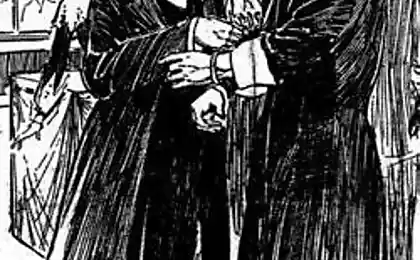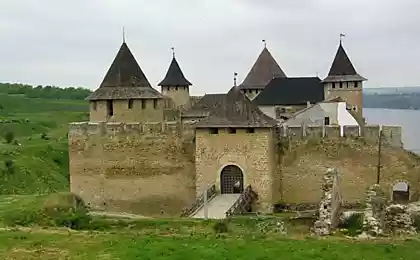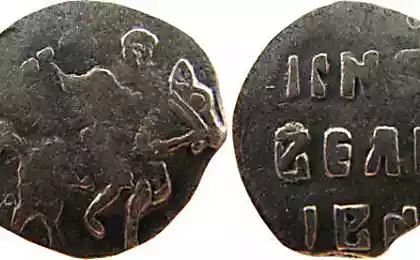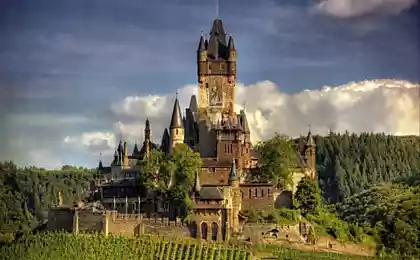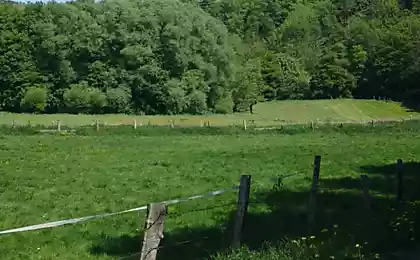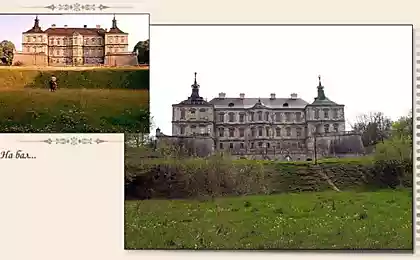623
Model of the castle of banknotes
Employees of Bank of Japan branch of the Nagano made a copy of a medieval castle of paper banknotes. "Building" at a cost of 818,000 US dollars.
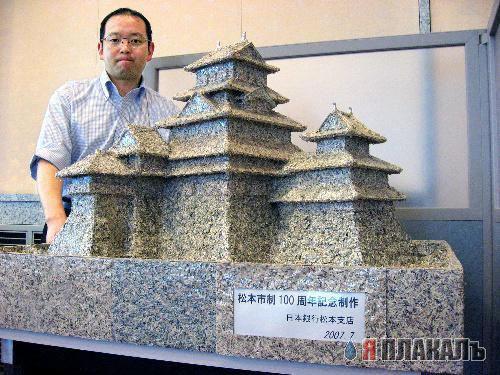
We used the denominations of 5,000 and 10,000 yen, which fell into disuse

The reason for the establishment of the castle was the 100th anniversary of the founding of the city of Matsumoto, the main attraction of which is the Karasu-jo - "Crow Castle» ...
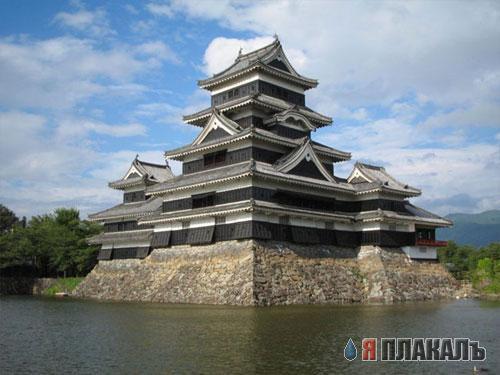
The Japanese love to give ancient castles figurative names. There are castles White herons, turtles, green leaves ... And it is not that Karasu-jo zasizheny brazen feathered ... Just for some reason the black walls of the castle remind prone to allusions to Japanese old bird crouched rest on the top of the hill ...
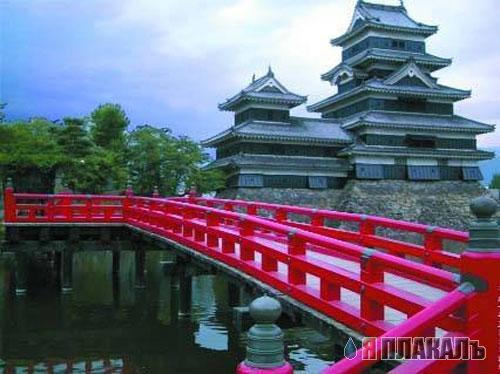
"Crow Castle" is included in a list of four Japanese castles (together with Himeji, Hikone, and Inuyama), recognized as a national treasure ... And its main tower is considered to be among the oldest survivors in the country ...
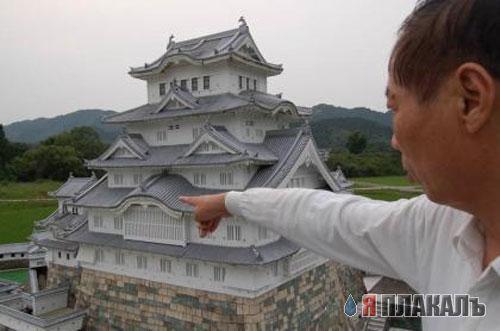
Construction of the castle began in 1504 and for various reasons, lasted about 90 years. Castle Area - 39 hectares. It is surrounded by three lines of water-filled moats and ramparts. Inside - a powerful citadel housed the quarters of the prince and his family, large garrison, the various arsenals and depots for ammunition and food.

If you climbed to the top floor, look up, among the rafters of the roof you can see a small Shinto chapel. Her story is unusual. In January 1618 one of the guards, who stood at his post, he saw a young woman in a beautiful kimono. The woman handed the soldier a bag made of brocade, and said: "If the prince to build a chapel at the top of every month, the 26th night will leave there 600 kg of rice, I will defend the castle from fire and enemies."

Prince took the vision of a soldier seriously, and since then every month left under the roof of a bag of rice. This tradition continues today. Rice is not lost and is not going to feed the birds. It is divided between the employees of the museum located in the castle, considering it their additional income.

Source:

We used the denominations of 5,000 and 10,000 yen, which fell into disuse

The reason for the establishment of the castle was the 100th anniversary of the founding of the city of Matsumoto, the main attraction of which is the Karasu-jo - "Crow Castle» ...

The Japanese love to give ancient castles figurative names. There are castles White herons, turtles, green leaves ... And it is not that Karasu-jo zasizheny brazen feathered ... Just for some reason the black walls of the castle remind prone to allusions to Japanese old bird crouched rest on the top of the hill ...

"Crow Castle" is included in a list of four Japanese castles (together with Himeji, Hikone, and Inuyama), recognized as a national treasure ... And its main tower is considered to be among the oldest survivors in the country ...

Construction of the castle began in 1504 and for various reasons, lasted about 90 years. Castle Area - 39 hectares. It is surrounded by three lines of water-filled moats and ramparts. Inside - a powerful citadel housed the quarters of the prince and his family, large garrison, the various arsenals and depots for ammunition and food.

If you climbed to the top floor, look up, among the rafters of the roof you can see a small Shinto chapel. Her story is unusual. In January 1618 one of the guards, who stood at his post, he saw a young woman in a beautiful kimono. The woman handed the soldier a bag made of brocade, and said: "If the prince to build a chapel at the top of every month, the 26th night will leave there 600 kg of rice, I will defend the castle from fire and enemies."

Prince took the vision of a soldier seriously, and since then every month left under the roof of a bag of rice. This tradition continues today. Rice is not lost and is not going to feed the birds. It is divided between the employees of the museum located in the castle, considering it their additional income.

Source:





